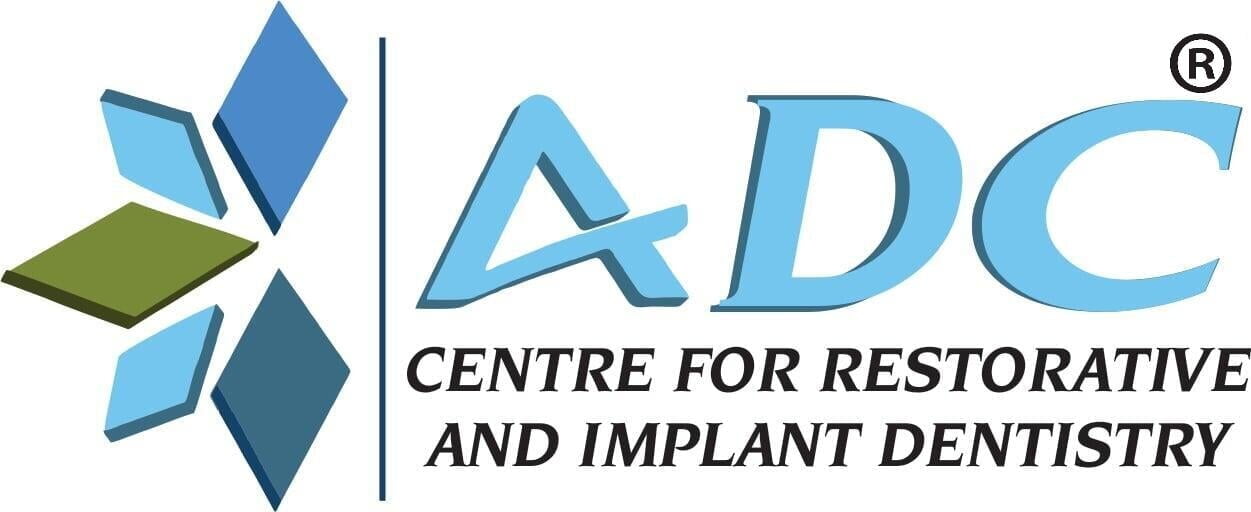If you want dental implants but don't have enough jawbone to support them, your dentist may advise sinus lift surgery. Additionally called a sinus transplant or sinus augmentation, this operation. Periodontists and oral surgeons often carry out this procedure. Dental professionals employ a variety of methods while executing a sinus lift operation. Please keep reading to discover more about this treatment and how it can help you secure your dental implants.
A Sinus Lift: What Is It?
A Sinus Lift: What Is It?
An oral procedure called a sinus lift, often referred to as a maxillary sinus floor augmentation, tries to fortify the upper jawbone in preparation for dental implants. A bone graft is carried out to strengthen the upper jaw behind the sinus cavity. The sinus membrane is gradually lifted throughout the surgery to make place for the new bone in the jaw. Your upper jaw can support an implant once your body has fully absorbed the grafted material.
Why Are Sinus Lift Procedures So Important?
Why Are Sinus Lift Procedures So Important?
A sinus lift is used to raise the maxillary sinus to create enough room for new bone. The maxillary sinuses, also known as the upper jaw's maxilla, are air-filled sacs close to the upper jaw's back. A dentist can install extra bone for dental implants by lifting the sinus and grafting bone in the space between.
If your jawbone isn't strong enough, the dental implant won't stay in place properly, and the new location won't be able to handle difficult duties like chewing. Dental implants fail because they are improperly secured when there is an insufficient jawbone. Congenital disabilities, periodontal disease, cancer, and having too wide or thin of a sinus cavity are a few conditions that could cause you to lose your jawbone.
Additionally, tooth loss causes jawbone thinning over time, contributing to jawbone loss. If the posterior portion of your jaw has less than 4 to 6 mm of bone height, doctors from the foundation of oral rehabilitation will likely advise sinus lift surgery.
What to expect during a sinus lift?
What to expect during a sinus lift?
You and your dental surgeon will decide where the bone for the surgery will come from before the sinus lift treatment. The following forms of bone are most frequently utilized in sinus augmentation:
- Autogenous Bone: This is taken from your own body
- Allogeneic Bone: Taken from the cadaver part.
- Xenograft: an organ transplanted from an animal, typically a cow
- Synthetic: Material which resembles bone
Your oral surgeon will measure the height and width of your jawbone using x-rays, CBCT scans, and oral scans if the source has been identified.
You will be given oral or intravenous sedatives to ensure your comfort and numb the area during the treatment. Your gums are lightly punctured to reveal the jawbone beneath. The surgeon will next make a tiny hole in the bone, elevate the sinus cavity, and fill the resulting empty area with bone graft material. The process is finished when the access point in your gums is closed with sutures. The bone graft may need four to six months to integrate with your jawbone.
How to Get Ready for a Sinus Lift Procedure?
How to Get Ready for a Sinus Lift Procedure?
To replace missing teeth, getting dental implants has several steps. Before going through dental implants, bone grafts or sinus lifts may be necessary. Your objectives for receiving dental implants will be discussed at your initial visit with the dentist. A dentist will inspect your mouth, teeth, and gums.
The dentist will use imaging tests like x-rays and CT scans to assess the jawbone's health and important skull structures. If necessary, you have sinus lift surgery to aid in implant stabilization. The dental implant holding, also known as an abutment, is placed by your dentist. The surgeon then places the dental implant.
Taking the time to get the best results is important because the implantation of dental implants is an expensive surgery. Thereby, it is possible to use various ways when sinus lifts surgery. The procedure that will work best for you will depend on how much bone you presently have in your jaw, the sort of bone transplant your doctor will use, and how you will place dental implants afterwards.
The following are the standard procedures for having sinus lift surgery:
- The dentist may administer oral or intravenous anaesthetic
- To keep you relaxed throughout the treatment.
- To expose the bone, your surgeon locates the area and creates incisions in the back of the gum tissue.
- Additionally, the surgeon makes a little bone cut while keeping the nasal membranes out of the way.
- The surgeon raises the membrane to insert the sliced bone fragment into the sinus cavity.
- The newly elevated area is covered with bone grafting materials, and the surgeon stitches up the gum incisions.
After a week of the operation, visit your doctor again. However, if you have discomfort or bleeding that is difficult to manage, call your dentist immediately. Before receiving dental implants, your jawbone must heal following sinus lift operations between 4 to 12 months. Dentists have occasionally performed sinus lift surgeries in some cases, followed by tooth implant placement.
Conclusion
A sinus lift can open the door to a restored smile, effective dental implant placement, and better oral health. Please contact your dentist's office if you have any questions about dental implants or think you might benefit from a sinus lift. To decide if a sinus lift is the best option, your dentist can discuss this surgery in more detail.














